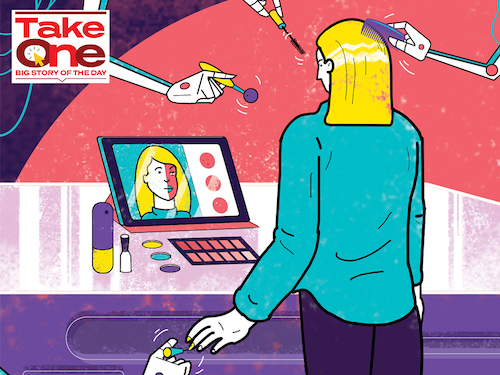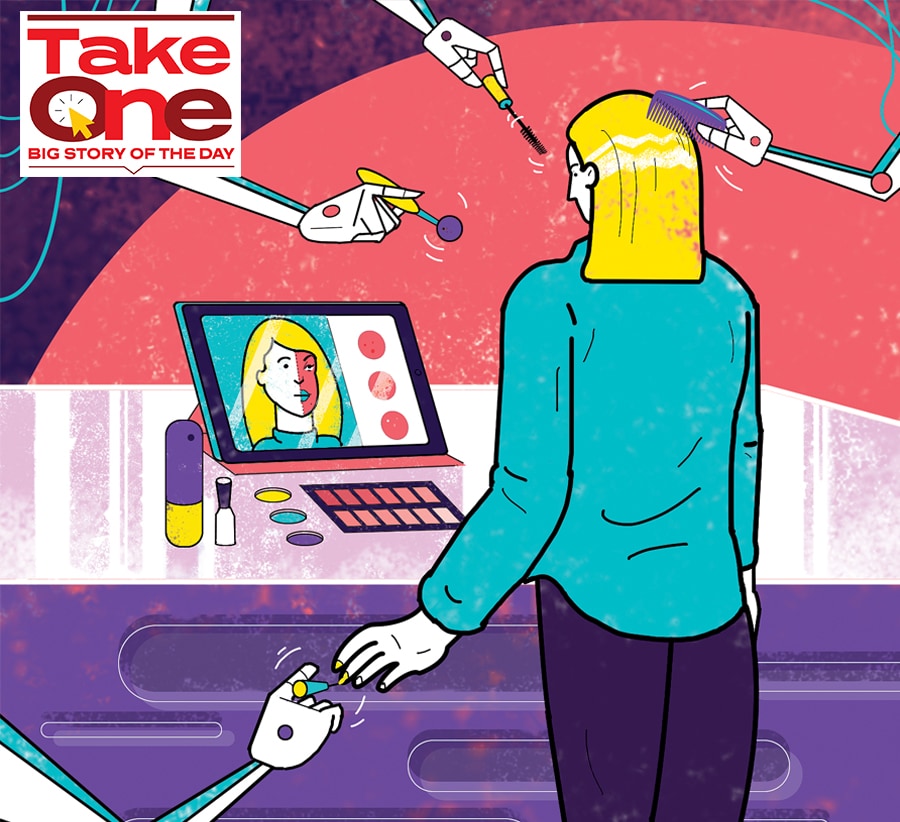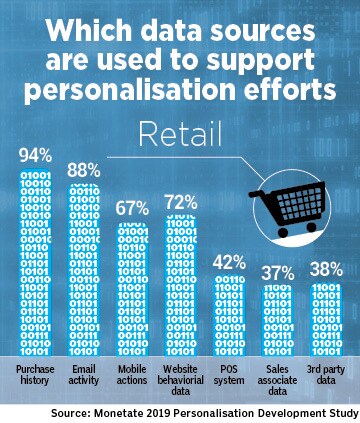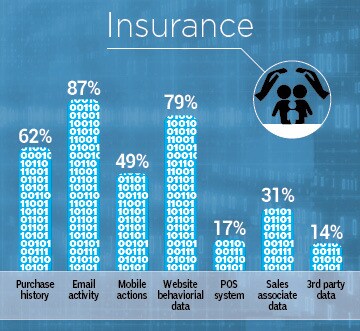How companies are leveraging AI to personalise experiences
Once considered a differentiator, customisation has become an existential requirement for businesses


 Illustration: Chaitanya Surpur[br]
Illustration: Chaitanya Surpur[br]
When the sales of Bestseller India’s top-selling brand, Only, started dropping precipitously in mid-2019, Ranjan Sharma was puzzled. “Only had suddenly gone down and we couldn’t figure out what went wrong," says the CIO and head of supply chain of the Danish fast-fashion company that is also home to brands like Vero Moda, and Jack and Jones.
But as they dug deeper, the enormity of the challenge became apparent. With its burgeoning population, varied religions and dialects, India comprises multiple “micro-segmented markets", explains Sharma. “The taste of consumers changes every few kilometers," he says. And that can perplex even the most experience product planners and fashion merchandisers.
Bestseller India approached IBM experts in Bengaluru to help them piece the puzzle. Could artificial intelligence (AI) be used to determine the right product mix for each of their 1,500 stores across India? “We fed them some data from our stores, and through Watson [IBM’s AI tool that processes insights across unstructured images, emails, social media etc] they were able to analyse the data and tell us what would work and what wouldn’t," says Sharma. Whether a red blouse would sell better in a certain store in a certain town if it had a patch of embroidery on it or whether the blouse had to have puffed sleeves to fly off the shelves in another were the kind of insights gleaned.
By aligning their design and production processes with consumer preferences, Bestseller hopes to reduce unsold inventory from about 20 percent per season—the industry norm— to about 15 percent. “That will be significant," says Sharma, adding that the pandemic has meant the impact of this “micro-segment level personalisation" will only been seen in time to come.
 Across industries, companies are leveraging AI to personalise and hyper-personalise the customer experience. “Broadly speaking, personalisation is about having an engagement with the end-customer that is highly contextual and addresses his or her precise needs. It’s the ability to tap into customer data to create a relevant, more desirable experience," says Subram Natarajan, chief technology officer, IBM India.
Across industries, companies are leveraging AI to personalise and hyper-personalise the customer experience. “Broadly speaking, personalisation is about having an engagement with the end-customer that is highly contextual and addresses his or her precise needs. It’s the ability to tap into customer data to create a relevant, more desirable experience," says Subram Natarajan, chief technology officer, IBM India.
Examples are rife: From Amazon throwing up search results based on one’s past purchases to Netflix feeding a user content based on her interests and past viewing history. While the tech majors lead, legacy companies and newer startups are catching up. Consider L’oreal’s foray into what it calls “beauty tech". Some months ago, it launched Perso, a six-inch tall, at-home personalised beauty device that can create skincare products, liquid lipstick and foundation for a user, on demand. All it takes for the user is to peer into the app, like one would into a mirror. Perso evaluates her skin by leverages Modiface’s AI powered technology—a startup L’oreal acquired in 2018. Then it assesses important environmental factors like pollution, temperature and humidity. It’ll even considered the user’s skincare priorities and problem areas like wrinkles and open pores before dispensing a customised one-time use formula. Lipsticks can be made to match the user’s outfit, shoes or the latest trends, and personalised foundation that draws on Perso’s precise shade finder tool. “It’s all about using the power of technology to create relevant and enhanced beauty experiences for our customers," says Anil Chilla, chief digital officer, L"Oréal India.
 Similarly, ICICI Prudential Life Insurance developed LiGo, a chatbot, with the help of IBM to engage its millennial customers in more meaningful ways. For instance, if a customer’s premium payment is due, LiGo will nudge and assist her to pay the premium. Intuitively, the amount and the due date are shown with a link to make an online payment. In case the customer faces any issues or needs some support, LiGo patches a call with a human agent, explains Ganessan Soundiram, chief technology officer, ICICI Prudential Life Insurance. “In the last financial year alone, we were able to assist more than 2.5 million customer interactions using LiGo with more than 90 percent accuracy," he says.
Similarly, ICICI Prudential Life Insurance developed LiGo, a chatbot, with the help of IBM to engage its millennial customers in more meaningful ways. For instance, if a customer’s premium payment is due, LiGo will nudge and assist her to pay the premium. Intuitively, the amount and the due date are shown with a link to make an online payment. In case the customer faces any issues or needs some support, LiGo patches a call with a human agent, explains Ganessan Soundiram, chief technology officer, ICICI Prudential Life Insurance. “In the last financial year alone, we were able to assist more than 2.5 million customer interactions using LiGo with more than 90 percent accuracy," he says.
“Personalisation is not a differentiator anymore, it is an existential requirement for businesses," says IBM’s Natarajan. Data is key to achieving this. The richer the data, the better the outcome. Richness comes from varied sources such as data from a customer’s engagement with that particular company, as well as those from third party platforms. For example, a chatbot developed by a bank will not only glean information about a particular client basis his interactions with the bank, but, say, also his tweet that his daughter has been accepted into university for higher education. In such a case, the bot will extract the data and proactively offer the client an education loan.
 The challenge is to draw insights from the mountains of available data. This is where advanced AI and machine-learning algorithms come in. In the case of the bank, for example, sophisticated natural language processing techniques are used to extract the intent of the conversation with the bot before recommending suitable products.
The challenge is to draw insights from the mountains of available data. This is where advanced AI and machine-learning algorithms come in. In the case of the bank, for example, sophisticated natural language processing techniques are used to extract the intent of the conversation with the bot before recommending suitable products.
Privacy is often cited as an obstacle to personalisation. It can seem unsettling when one scrolls through, say, Instagram in search for ethnic wear clothing, only to be served up an advert from an ethnic wear maker when surfing Google minutes later. But the data remains anonymised, says Natarajan. “Personal identities are always masked out." A company will know a user by his gender, age group, location, preferences and browsing history but never by name.
Customers have come to expect personalisation and hyper-personalisation even from startups. For example, when the shift to online workouts occurred as a result of the pandemic, Cult.fit’s customers wanted more interactive sessions. The health and fitness startup decided to “significantly increase" the integration of AI into its products and services to create customised experiences, including post-workout progress reports, real-time leaderboards based on a user’s performance and detailed health plans. Earlier this year, Cult.fit also acquired US-based Onyx, which specialises in body tracking technology like correcting improper posture and personalisation of workout feedback.
So how far can AI-powered personalisation go? According to a 2019 study by McKinsey, empathy, or the ability to understand people’s emotions, will emerge as a key capability. Think of a content company using emotion-recognition algorithms to classify and map users’ facial expressions, such as anger, fear or joy and offering specifically curated movies, for example, to match that mood. Brands will also use “ecosystems" to personalise customer journeys “end-to-end", says the study.
For example, if a user is browsing for a certain book on Amazon, the e-commerce giant will continue to throw up targeted book recommendations until s/he completes the purchase.
Even if the user goes to a physical store and purchases the book, Amazon will continue to offer the same recommendations. In time to come, AI will get better at affecting the “total buying experience" even though different providers jointly own it.
Similarly, if a customer’s flight is delayed, the airline will automatically inform the hotel she is supposed to check in to about the delay. On landing, the hotel texts her with the faster routes and options for ride-sharing, taxi and public transport, while her credit card company assembles a suggested itinerary based on part purchasing behaviour. The possibilities for personalisation are endless. In the end, customer experience will be the ultimate differentiator.
First Published: Jul 21, 2021, 12:36
Subscribe Now